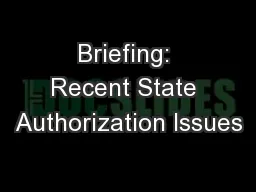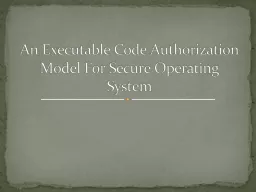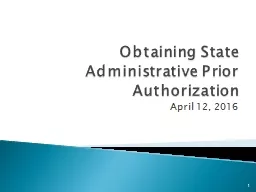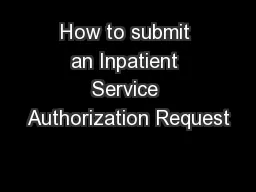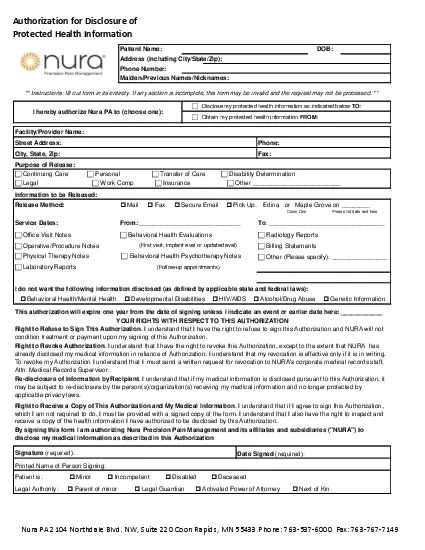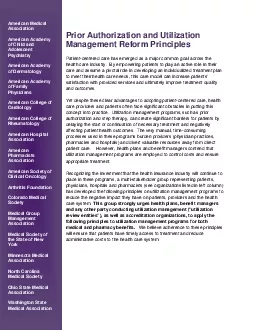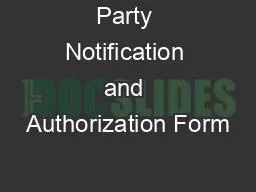PPT-Single sign on and authorization
Author : liane-varnes | Published Date : 2019-11-24
Single sign on and authorization Unifying security for the sct product set Introduction Theory Real life example Terminology Profiles Standards SCT Applications
Presentation Embed Code
Download Presentation
Download Presentation The PPT/PDF document "Single sign on and authorization" is the property of its rightful owner. Permission is granted to download and print the materials on this website for personal, non-commercial use only, and to display it on your personal computer provided you do not modify the materials and that you retain all copyright notices contained in the materials. By downloading content from our website, you accept the terms of this agreement.
Single sign on and authorization: Transcript
Download Rules Of Document
"Single sign on and authorization"The content belongs to its owner. You may download and print it for personal use, without modification, and keep all copyright notices. By downloading, you agree to these terms.
Related Documents



